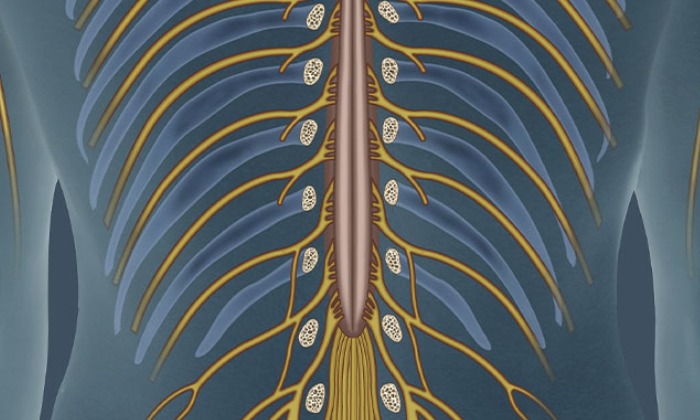Located centrally on Cunningham Road in Bengaluru, our clinic is easily accessible from all parts of the city, ensuring high-quality pain management services are available to everyone.
- 7975896550
- algospainclinic@gmail.com
Contact us
Fill the form to get in touch with us




